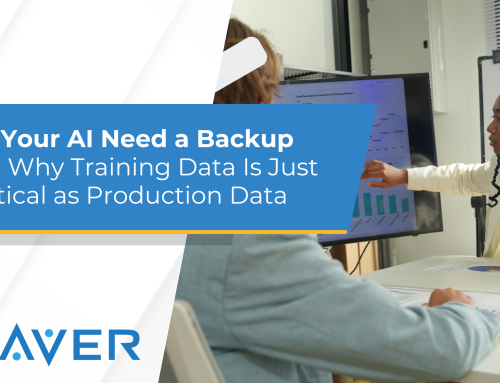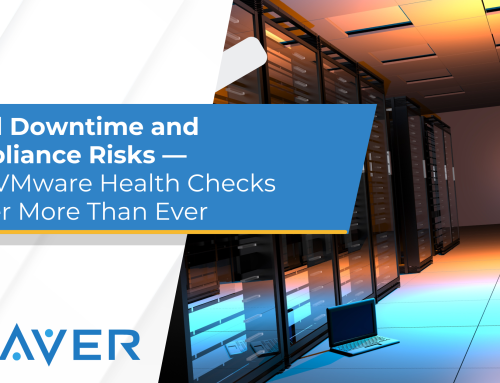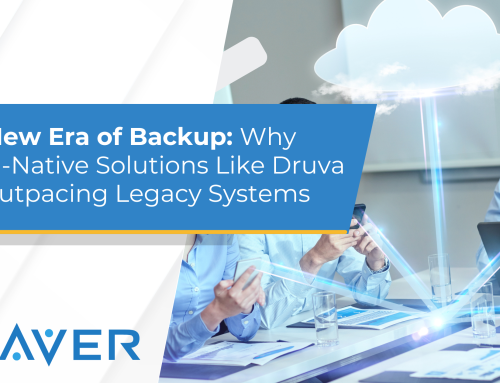Firewalls? Installed. Antivirus? Running. Backups? Scheduled. But is that enough for your data protection strategy?
In our experience working with education, healthcare, government, and commercial clients, the answer is often no. A strong data protection strategy is more than just a checklist—it’s a continuous, proactive effort. And in many cases, the biggest threats aren’t the ones you see—they’re the ones you overlook.
Here are the five most common breakdowns in today’s data protection strategies—and what can be done to fix them.
1. Aging Infrastructure Is Creating Silent Risks
That old file server that still “does the job” may be quietly putting your organization at risk. Many systems still in production are no longer supported, which means they aren’t getting the latest security patches—making them prime targets for cyberattacks.
If your data protection strategy doesn’t include lifecycle planning or upgrade assessments, you may be relying on outdated tech that’s no longer safe. A modern infrastructure doesn’t just boost performance—it strengthens security.
2. Visibility Gaps Are Leaving You Exposed
Most organizations don’t have full visibility into their IT environments. Untracked devices, unmanaged apps, and remote endpoints can operate outside of policy and evade detection.
A comprehensive data protection strategy includes clear visibility across all devices and users. Centralized endpoint management, asset discovery, and access control are no longer optional—they’re critical components in keeping data secure.
3. Delayed Patching Is an Open Invitation
Breaches don’t just happen because tools are missing—they happen because patches are late. Even when a fix exists, delays in deployment create opportunities for threat actors.
Your data protection strategy should include consistent, automated patch management supported by clear workflows and responsibilities. Whether managed in-house or supported by a partner, closing the patch gap is one of the fastest ways to reduce risk.
4. Compliance Is Treated Like an Event—Not a Process
Regulations like HIPAA, FERPA, and CJIS are not one-time checkboxes—they require continuous policy enforcement, reporting, and monitoring.
If your team is scrambling every time an audit comes around, your data protection strategy needs an overhaul. True compliance is woven into daily operations, with tools and processes that make it easier to maintain over time—not just pass when needed.
5. You’re Always Reacting Instead of Anticipating
If your team is always responding to the latest issue, you’re not alone. But a reactive mindset can be dangerous when it comes to security. Waiting until something breaks—or until data is already compromised—isn’t a strategy. It’s a risk.
A forward-thinking data protection strategy prioritizes prevention, not just recovery. With regular health checks, proactive planning, and security assessments, you gain the ability to catch issues before they become problems.
A Stronger Data Protection Strategy Starts with the Right Partner
At Weaver Technologies, we help organizations take their data protection strategy from reactive to resilient. That includes:
-
Identifying outdated infrastructure
-
Improving endpoint visibility and control
-
Automating patching and updates
-
Streamlining compliance and reporting
-
Delivering expert insight and strategic planning
✅ Want to know where your strategy stands?
Contact us to explore what the right approach could look like for you.







